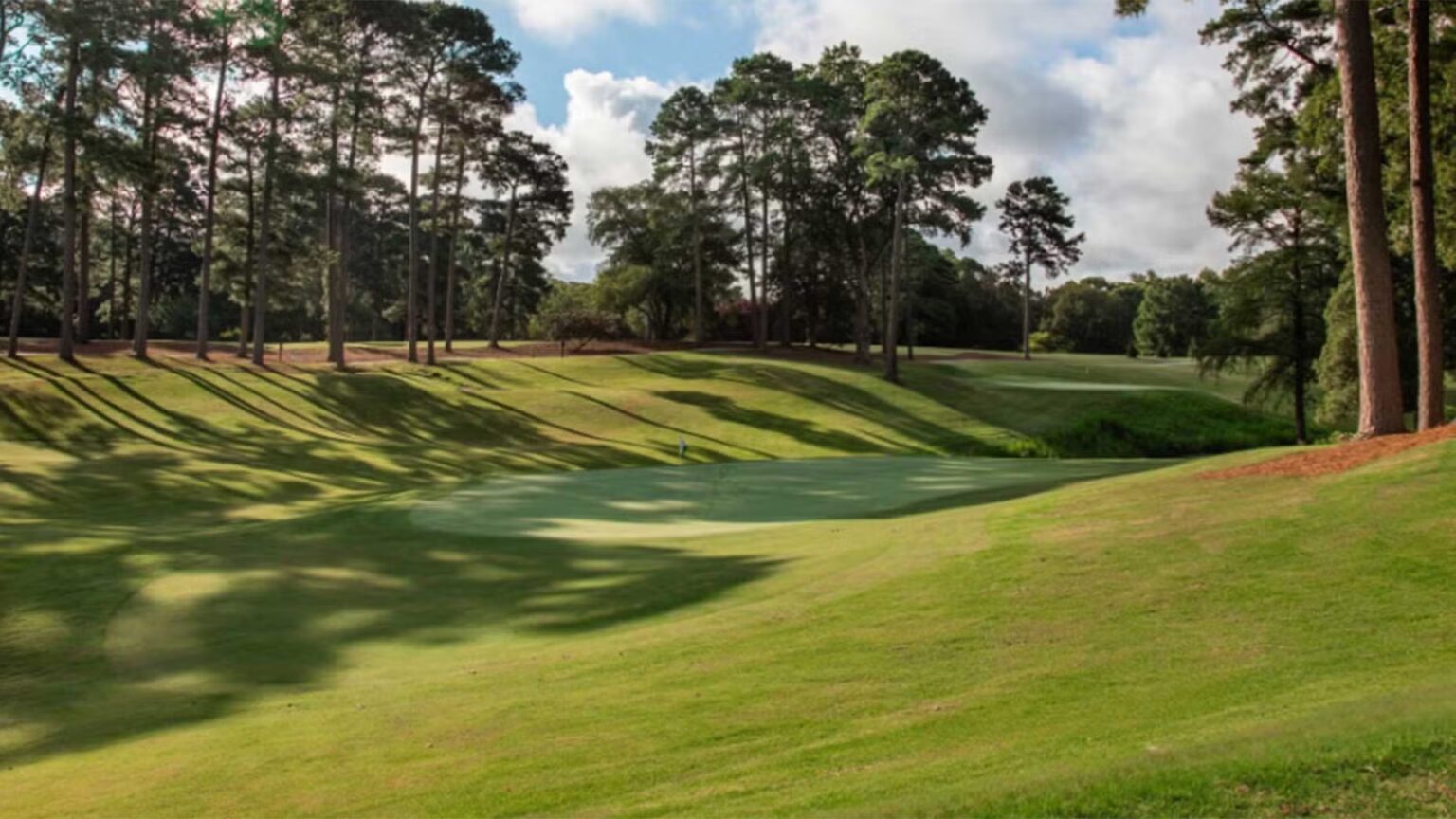The Evolution of Golf Course Design: Rees Jones and the Rise of Par-3 Courses
For years, Rees Jones, known as the "Open Doctor," has made his mark in the world of golf course design, inheriting the mantle from his father, Robert Trent Jones Sr. Renowned for updating championship setups, he has worked on prestigious projects like the 1993 U.S. Open at Baltusrol and courses at Torrey Pines and Bethpage Black. His expertise focuses on enhancing the strategic challenge to test the best players in the world, a reputation solidified over decades of work.
However, Jones isn’t solely focused on high-profile designs. His latest venture, The Shoe, flips the script by offering a 9-hole par-3 layout at the Golden Horseshoe Golf Club in Williamsburg, Virginia. This project reflects a growing trend in the golfing community that emphasizes accessibility and enjoyment over mere length and difficulty. With holes ranging from 43 to 137 yards, The Shoe is designed for golfers of all skill levels, encouraging participation in an approachable format.
The emergence of par-3 courses like The Shoe corresponds with a broader movement within the golf industry. High-end resorts across the United States have been incorporating short courses, which provide a more relaxed and financially feasible golfing experience. Locations such as Pinehurst, Bandon Dunes, and Streamsong have adopted these friendly layouts, underscoring a shift towards making golf more accessible to all players.
Moreover, golf’s governing bodies, including the USGA and R&A, are supporting this trend by updating the World Handicap System. Now, par-3 and 9-hole rounds count toward official handicaps, reflecting how the game is evolving to match the interests of its players. This shift signifies a modern understanding of golf that values leisure, fun, and community interaction over traditional competitiveness.
Incorporating shorter rounds into one’s golfing lifestyle may also prove beneficial for time-crunched players looking to fit a game into their busy schedules. For many enthusiasts, a quick nine holes provides the perfect remedy for a golf craving without the commitment of a full 18-hole round. This is particularly appealing to newcomers to the sport, as it lowers barriers to participation.
Designed to accommodate this influx of casual players, The Shoe is positioned to become a staple within the community. Families, beginners, and even seasoned golfers seeking a relaxed outing can enjoy the well-crafted challenges presented by Jones’s latest design. This accessibility broadens the sport’s appeal, new players finding comfort in a welcoming environment.
In addition to strengthening community ties, par-3 courses offer unique environmental benefits. Shorter layouts use less land and require fewer resources for maintenance, making them more sustainable options in an age where environmental consciousness is crucial. This aligns with a growing tendency for properties to emphasize ecological responsibility while maintaining high-quality golfing experiences.
As the golfing landscape evolves, pioneers like Rees Jones are key to redefining what constitutes an enjoyable round of golf. The combination of a modernized approach and the integration of shorter courses demonstrates a significant shift in golfer demographics, interests, and experiences. The Shoe exemplifies this trend and perfectly aligns with the desire for more enjoyable, inclusive golfing experiences.
Ultimately, as the sport of golf continues to adapt to the needs of its players, the popularity of short courses will likely persist and grow. Rees Jones’s foray into creating accessible golfing environments reveals a deep understanding of these dynamics, advocating for fun, social interaction, and a lasting love for the game. With each new project, he unites tradition with contemporary values, reminding us that golf is meant to be enjoyed — even on a par-3.
